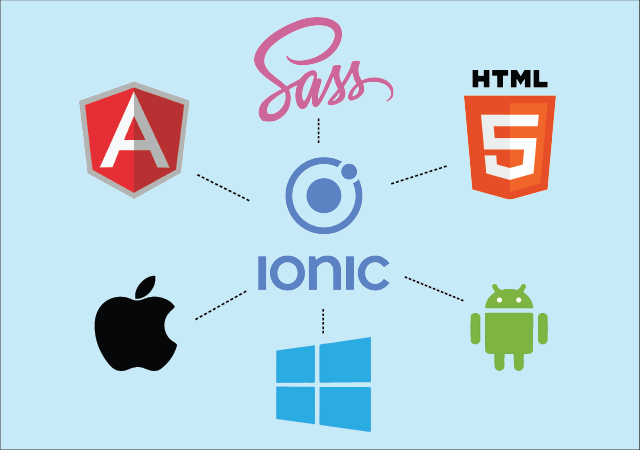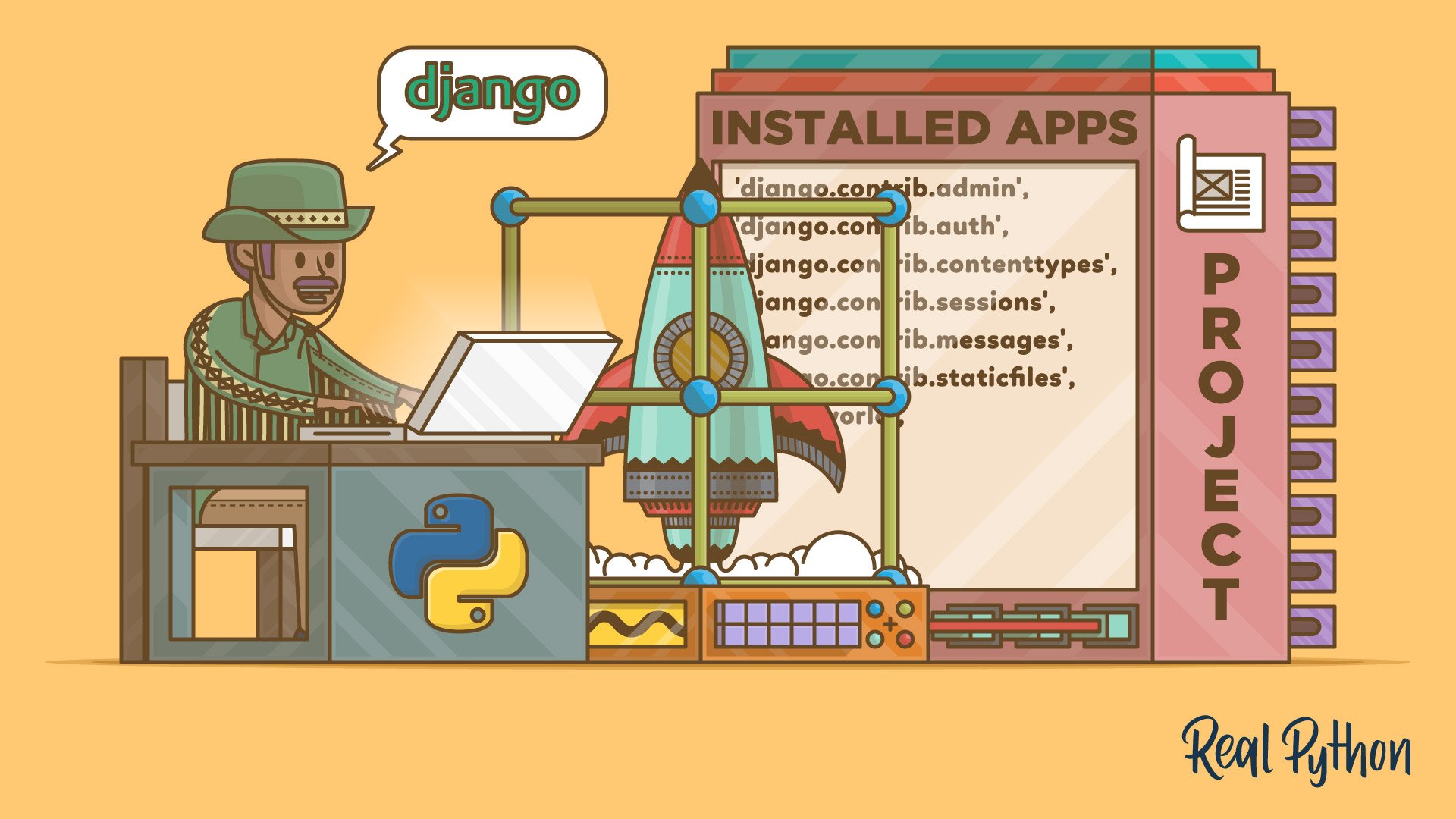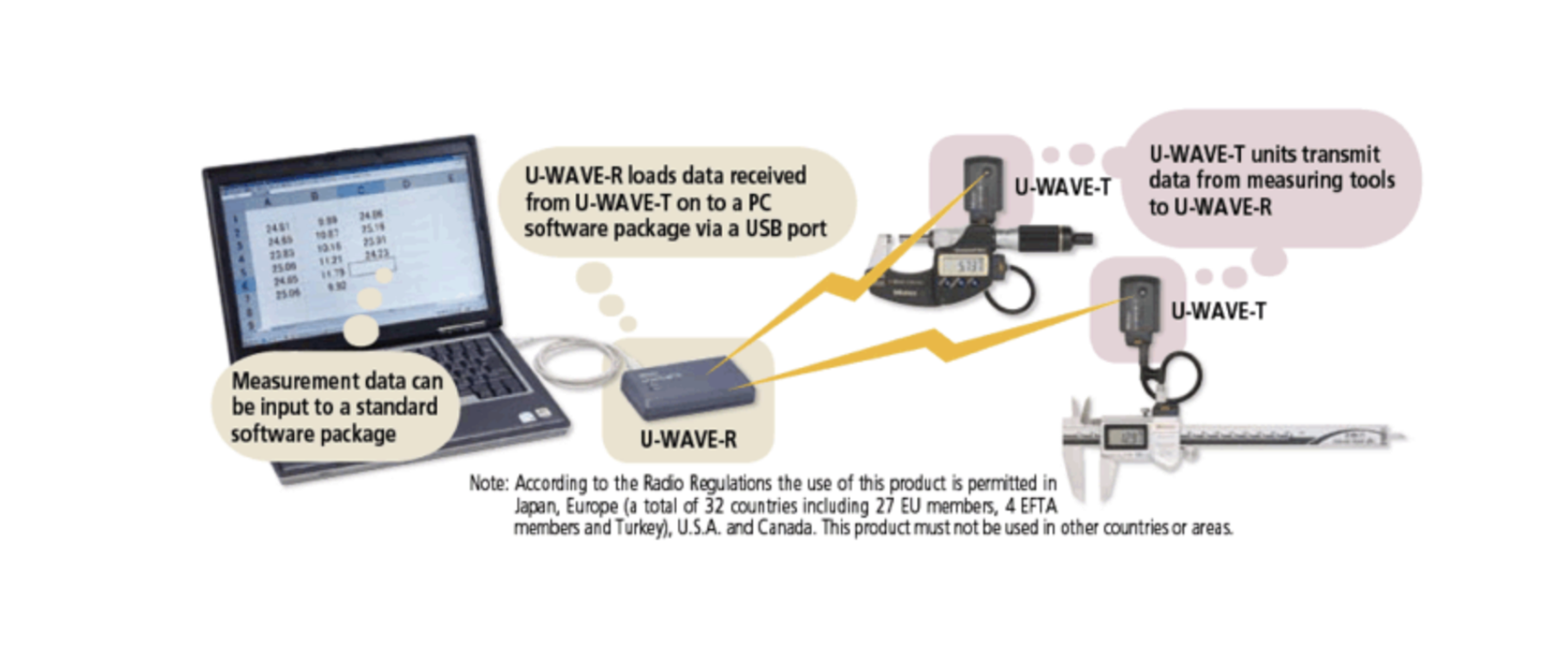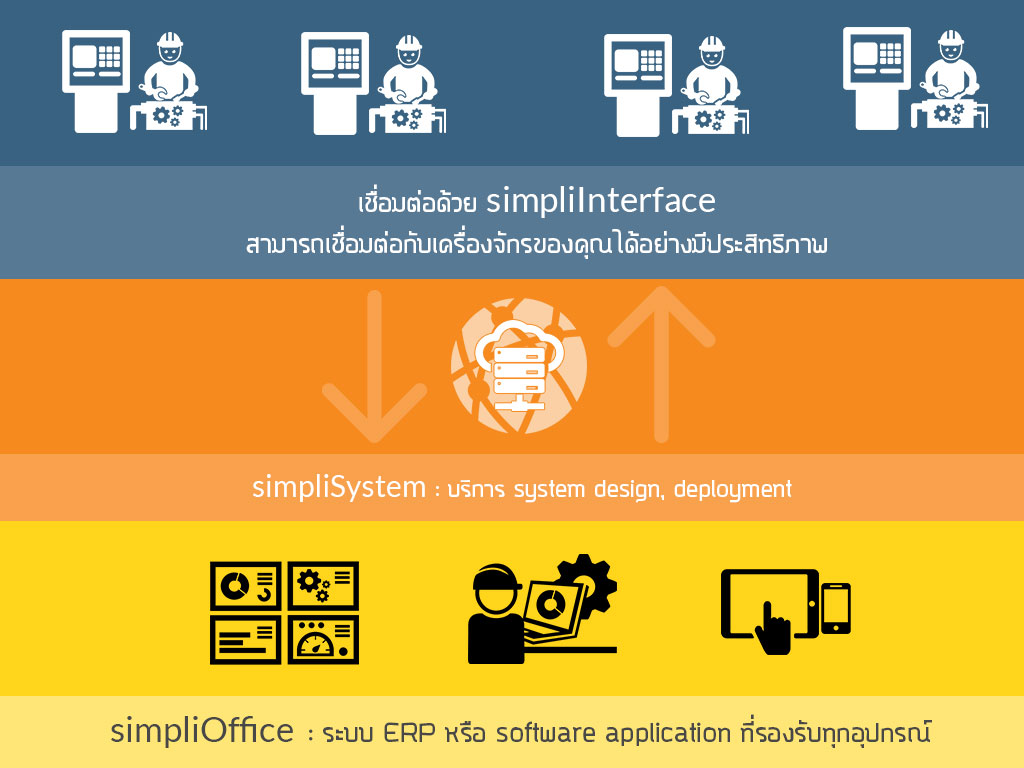Why Test-Driven Development Makes Better Business Sense
Software bugs are expensive. They can frustrate customers, slow down your team, and cost real money. What if your developers could reduce mistakes before they happen, make changes with confidence, and deliver features faster? That’s where approaches like Test-Driven Development (TDD) and the Dependency Inversion Principle come in.
Let’s break down what this means for your business—without the tech jargon.
What Is Test-Driven Development (TDD)?
With TDD, developers write small tests before they write the actual software feature. These tests are like checklists—“Does this new feature do what it’s supposed to?” Only after the test is ready and failing (because the feature isn’t built yet) do developers write the code to make it pass.
TDD process in three steps:
- Write a test first (which fails, since the code doesn’t exist).
- Write the code to make the test pass.
- Improve and tidy up the code, making sure all tests still pass.
Why Does This Matter for Your Business?
- Fewer Bugs: Problems are caught before they reach your customers.
- Faster Changes: Developers can safely improve or extend the software, protected by their tests.
- Clarity: Each test is a clear example of what the system should do—making onboarding new team members easier and faster.
- Lower Long-Term Costs: Time spent on fixing bugs later is dramatically reduced.
Writing Code That’s Easy to Test
Just like a good business process, good software is broken into clear, simple steps. Each step (function) is easy to check (test) on its own.
Example: Processing an order
def validate(order): ...
def save(order): ...
def send_confirmation(order): ...
def process_order(order):
validate(order)
save(order)
send_confirmation(order)Here, each part of processing an order (checking, saving, sending a confirmation) can be checked separately—helping your team spot and fix issues quickly.
How Modern Software Stays Flexible and Adaptable
Real-life software always involves steps that call other steps—just like a team where each member has their own job. The important thing is to keep each job simple and make sure they work well together. That way, if you want to swap out part of the process, you don’t have to rewrite everything.
The Power of Swapping Parts Easily (Dependency Inversion)
Imagine if, during testing, you could swap your expensive factory machine for a cheap simulator to test your process—risk-free. In software, the Dependency Inversion Principle lets you do this.
In code, that looks like:
class DatabaseInterface:
def insert(self, order): pass
class RealDatabase(DatabaseInterface):
def insert(self, order): # Actual database code
class OrderService:
def __init__(self, db: DatabaseInterface):
self.db = db
def save(self, order):
self.db.insert(order)With this setup, you can use a real database in production—or a “fake” one for testing. This saves time and money, and reduces risk.
Summary: Why It Matters for Business
| Practice | Business Value |
|---|---|
| TDD | Prevents bugs before customers see them |
| Small, testable steps | Easier to improve and adapt software |
| Swappable parts (DIP) | Lower maintenance costs, safer upgrades |
| Automated tests | Speed up development, safer product launches |
Final Thoughts
Test-driven development and designing for flexibility aren’t just “developer things.” They’re smart business strategies that help your team deliver reliable software faster and cheaper. If your developers say they want to use these methods—support them! You’ll see the results in happier customers, lower costs, and smoother growth.
Want more examples or have a project in mind? Let’s talk!
Get in Touch with us
Related Posts
- 现代网络安全监控与事件响应系统设计 基于 Wazuh、SOAR 与威胁情报的可落地架构实践
- Building a Modern Cybersecurity Monitoring & Response System. A Practical Architecture Using Wazuh, SOAR, and Threat Intelligence
- AI 时代的经典编程思想
- Classic Programming Concepts in the Age of AI
- SimpliPOSFlex. 面向真实作业现场的 POS 系统(中国市场版)
- SimpliPOSFlex. The POS Designed for Businesses Where Reality Matters
- 经典编程思维 —— 向 Kernighan & Pike 学习
- Classic Programming Thinking: What We Still Learn from Kernighan & Pike
- 在开始写代码之前:我们一定会先问客户的 5 个问题
- Before Writing Code: The 5 Questions We Always Ask Our Clients
- 为什么“能赚钱的系统”未必拥有真正的价值
- Why Profitable Systems Can Still Have No Real Value
- 她的世界
- Her World
- Temporal × 本地大模型 × Robot Framework 面向中国企业的可靠业务自动化架构实践
- Building Reliable Office Automation with Temporal, Local LLMs, and Robot Framework
- RPA + AI: 为什么没有“智能”的自动化一定失败, 而没有“治理”的智能同样不可落地
- RPA + AI: Why Automation Fails Without Intelligence — and Intelligence Fails Without Control
- Simulating Border Conflict and Proxy War
- 先解决“检索与访问”问题 重塑高校图书馆战略价值的最快路径














